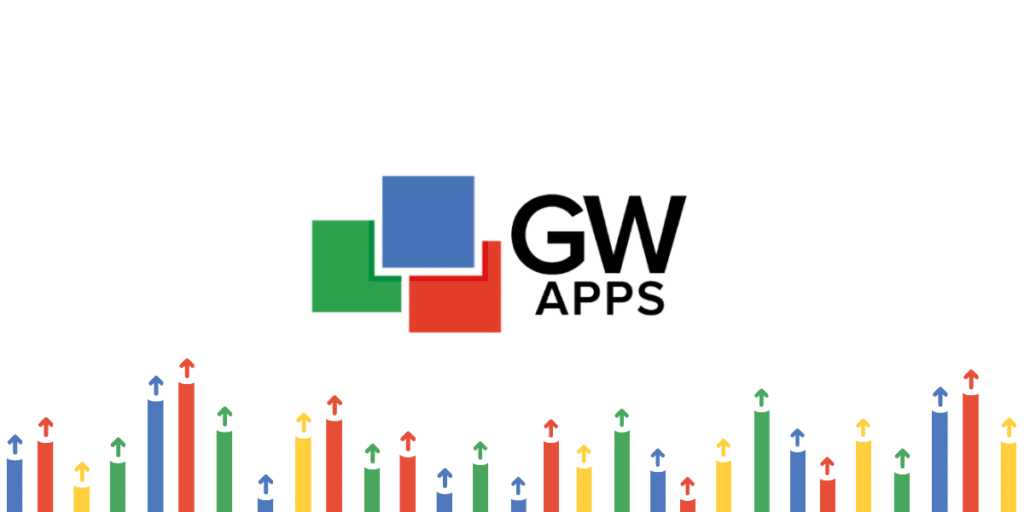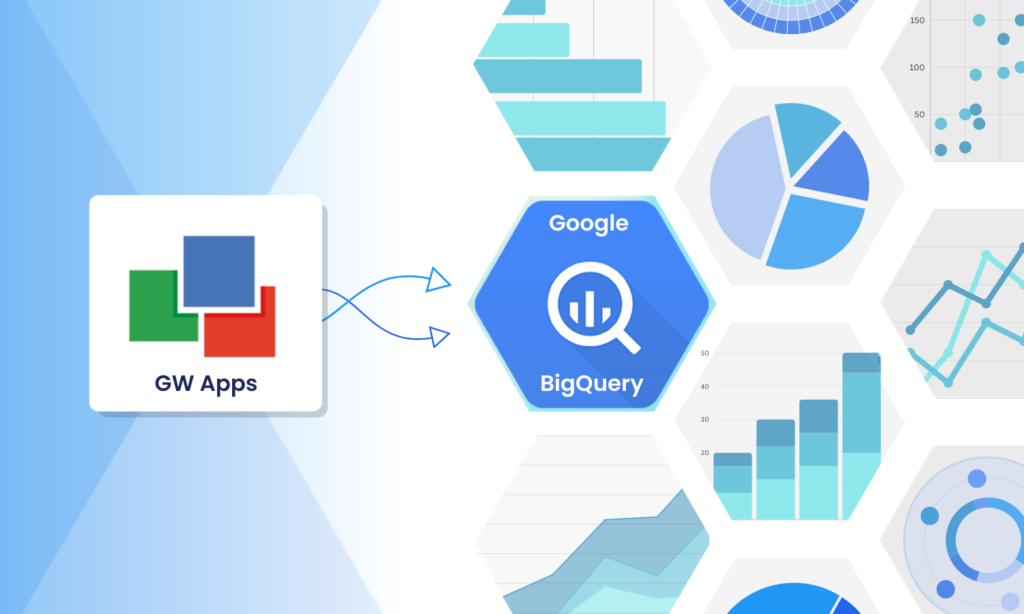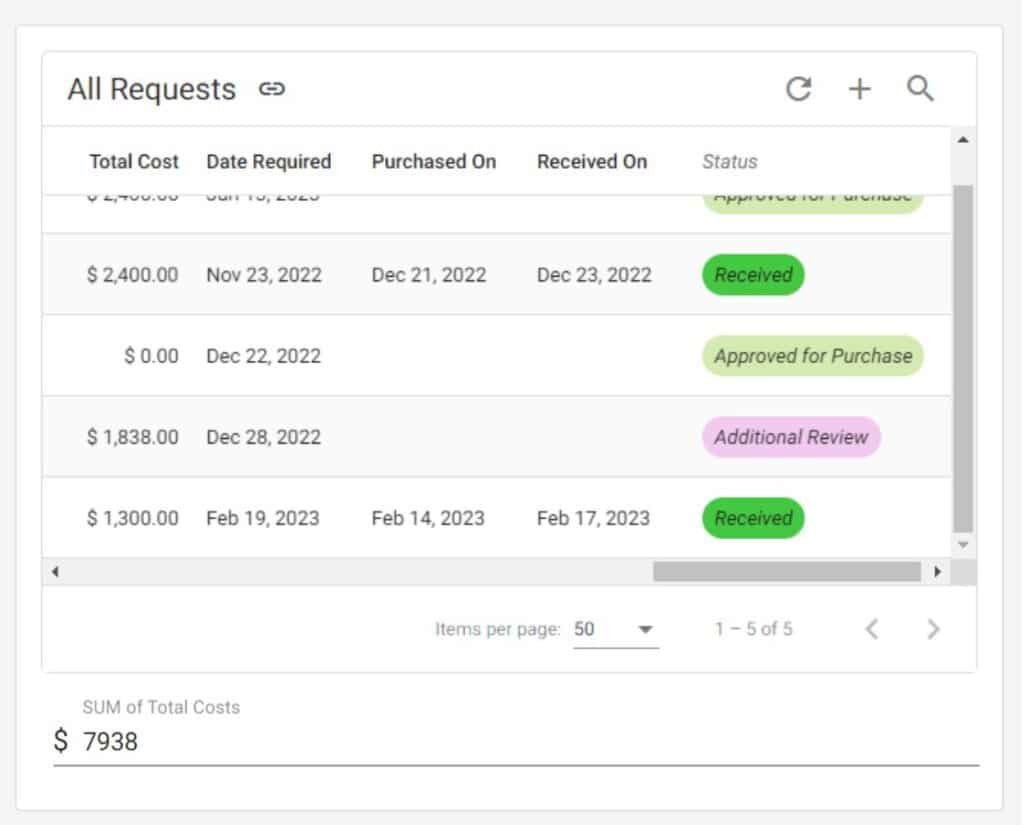
What's New...
We’re excited to share these feature enhancements that have been implemented to GW Apps over the past 90 days. We hope these updates will bring great value to your usage of our platform.
• New Date Locale Setting
Users can now choose the format of all date fields across the platform. Accessible via the new “My Settings” page, this feature enables users to override the platform’s default locale settings and customize how dates are displayed to match their regional preferences. For example, if your default date locale is English-US, selecting the English-UK locale will change all dates on the platform from MM/DD/YYYY format to DD/MM/YYYY format. Longer date formats that include day and/or month names will have the day and month names translated accordingly (e.g., Friday, 12 January 2024 in Spanish will be Viernes, 12 enero, 2024).

• Google BigQuery Integration
The new BigQuery Integration allows users to connect their application data to Google BigQuery, a powerful data warehouse optimized for large-scale analysis and reporting. With this integration, users can leverage advanced tools like Looker Studio and PowerBI to create comprehensive reports and visualizations, unlocking deeper insights from their data.
As an on-demand feature, users must request access from the GW Apps team to have it activated on their platform.

• reCAPTCHA for Anonymous Forms
To enhance security, GW Apps now includes reCAPTCHA on Anonymous forms. This feature helps prevent spam and unauthorized submissions when sharing public surveys, feedback forms, or any type of external-facing forms that don’t require user authentication. By verifying that the form submitter is human, reCAPTCHA ensures the integrity of collected data and reduces the risk of automated attacks. While enabled by default for added protection, users can choose to toggle off reCAPTCHA when it’s not needed, offering flexibility in form security.

• Rules for Embedded Views
We’ve expanded the Rules feature to include support for Embedded Views. Rules allow users to automate actions based on changes in field values, and now these same actions can be applied to data within embedded views. Additionally, Embedded views can trigger rules that perform calculations like SUM, AVG, MIN, or MAX on specified columns within the view. These calculated values can then be automatically copied into fields on the main form, adding a powerful layer of automation and data accessibility to forms.

